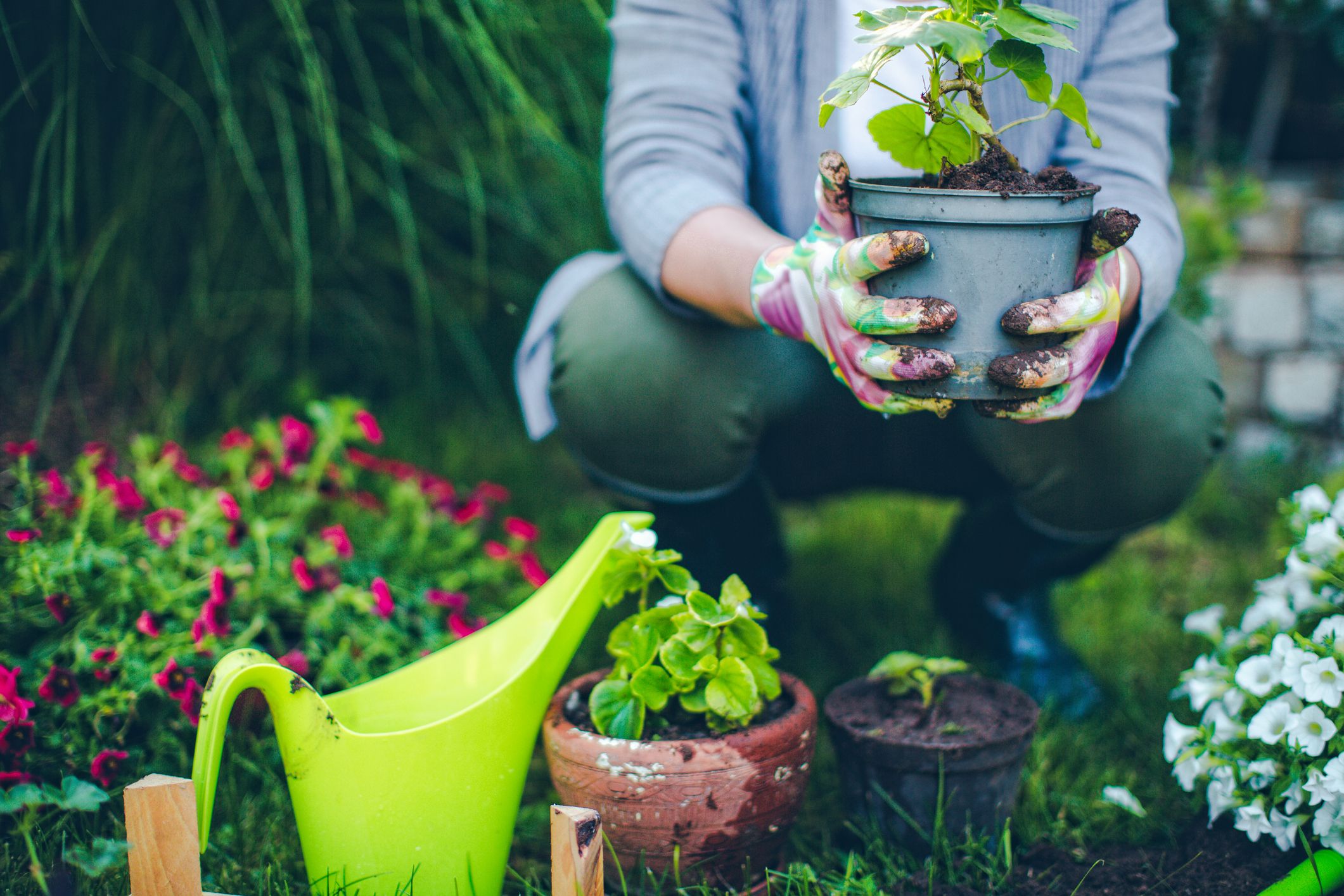See This Report about 8 Surprising Health Benefits of Gardening - UNC Health Talk

Facts About Gardening - art and science - Britannica Revealed
Learn everything about Venus flytrap plants, including how to care for them, feeding them, growing them indoors, and more.
/harvested-vegetables--gardening-gloves-and-hand-cultivator-garden-576798993-5b419bba46e0fb00374ee206.jpg)
Gardens Alive - Organic Gardening, Lawn Care, and Natural Pest Solutions

March Gardening To-Do List
Practice of growing and cultivating plants Gardening is the practice of growing and cultivating plants as part of horticulture. In gardens, decorative plants are often grown for their flowers, foliage, or total look; helpful plants, such as root vegetables, leaf vegetables, fruits, and herbs, are grown for consumption, for use as dyes, or for medicinal or cosmetic use. Gardening ranges in scale from fruit orchards, to long boulevard plantings with one or more various types of shrubs, trees, and herbaceous plants, to domestic back gardens including lawns and structure plantings, and to container gardens grown inside or outside. Gardening may be really specialized, with just one kind of plant grown, or include a range of plants in combined plantings.

Why We're All Gardening and Baking So Much - Outside Online
More About Gardens - Lifeandstyle - The Guardian
Forest gardening, a forest-based food production system, is the world's earliest form of gardening. Forest gardens came from prehistoric times along jungle-clad river banks and in the damp foothills of monsoon areas. In the steady procedure of families improving their instant environment, beneficial tree and vine types were recognized, safeguarded and improved while undesirable species were removed. Eventually Check For Updates were also selected and included into the gardens. After the introduction of the first civilizations, rich individuals began to develop gardens for visual functions. Ancient Egyptian tomb paintings from the New Kingdom (around 1500 BC) provide a few of the earliest physical proof of decorative horticulture and landscape design; they illustrate lotus ponds surrounded by in proportion rows of acacias and palms.
Rich ancient Egyptians used gardens for supplying shade. Egyptians associated trees and gardens with gods, thinking that their deities were pleased by gardens. Gardens in ancient Egypt were typically surrounded by walls with trees planted in rows. Among the most popular species planted were date palms, sycamores, fir trees, nut trees, and willows. These gardens suggested greater socioeconomic status. In addition, wealthy ancient Egyptians grew vineyards, as red wine was a sign of the greater social classes. Roses, poppies, daisies and irises could all also be discovered in the gardens of the Egyptians. Assyria was likewise renowned for its lovely gardens.

